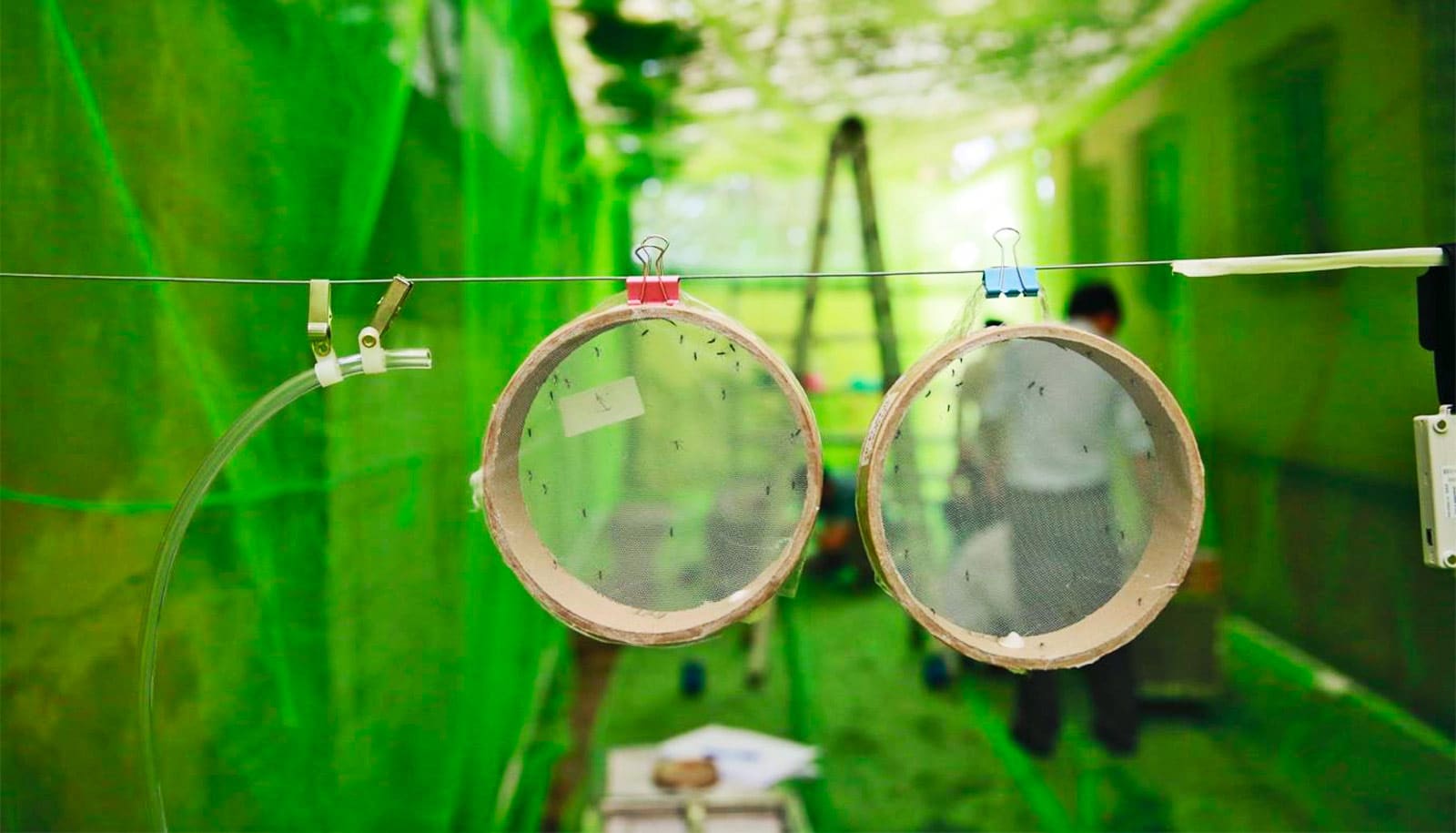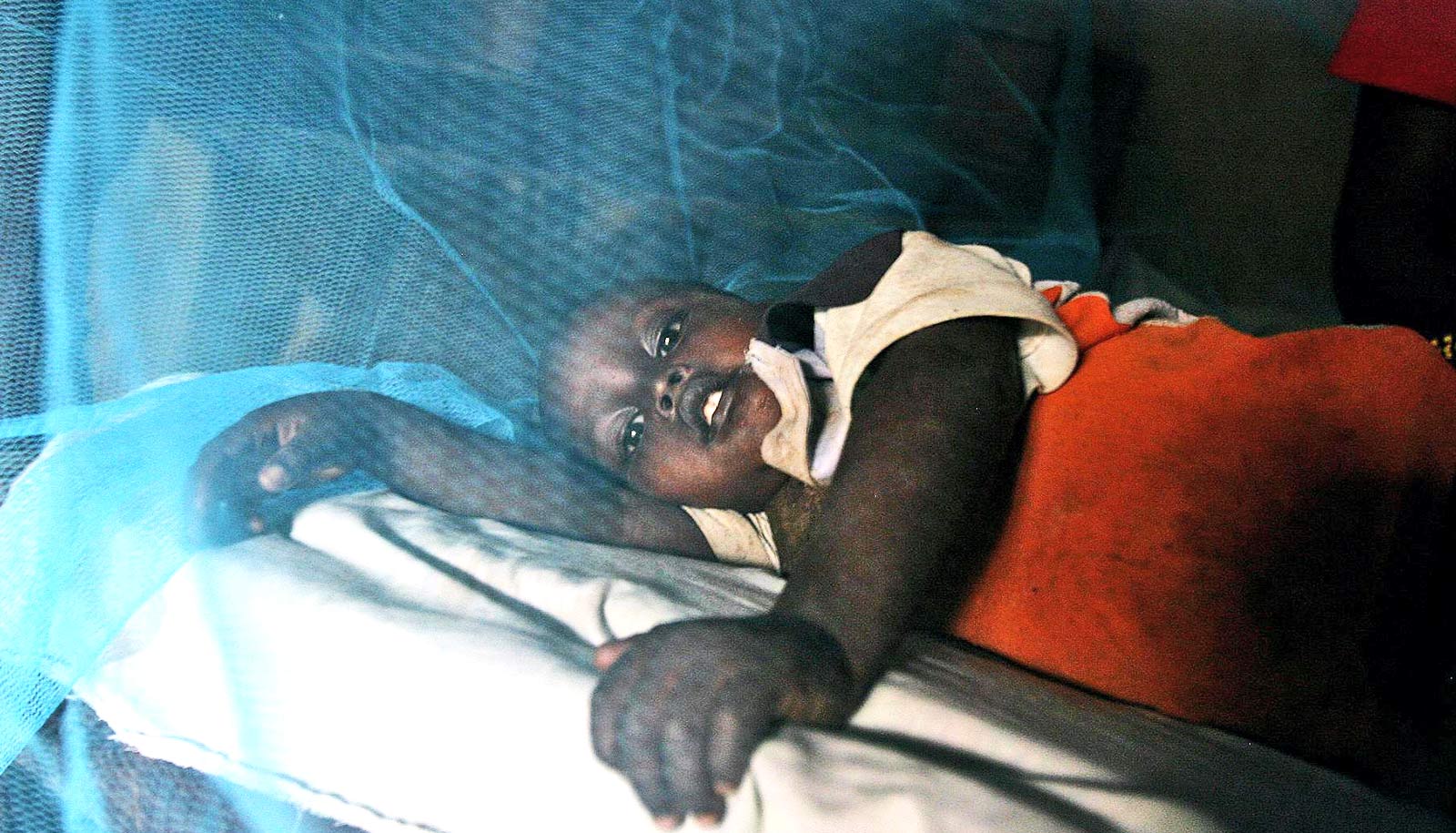Treating fabric with an insecticide, transfluthrin, can incapacitate and kill mosquitoes that transmit malaria to humans, research in Vietnam finds.
Malaria causes almost half a million deaths every year worldwide. While the majority of people affected by this mosquito-borne parasitic infection are in Africa, a smaller percentage of cases occur in Southeast Asia. This is the only region where the most common malaria parasite, Plasmodium falciparum, has shown confirmed resistance to a widely used combination drug therapy.
New findings in the Malaria Journal indicate that adapting the use of mosquito nets and repellents could serve as an effective protection against malaria infection.
“Many studies have been conducted on spatial repellents, but they often focus on single mosquito species, are conducted in the field with unknown mosquito populations, or compare multiple species separately.
“Our team from the University of Massachusetts at Amherst, the National Institute of Hygiene and Epidemiology in Hanoi, and the Naval Medical Research Unit TWO team developed a controlled study for testing the ability of an airborne insecticide, called transfluthrin, to incapacitate or repel Anopheles dirus and Anopheles minimus, the two primary malaria vectors in Vietnam. Our findings showed that both species are sensitive to transfluthrin, but Anopheles dirus was more susceptible,” explains Ian Mendenhall, principal research scientist from the Emerging Infectious Disease (EID) program at Duke-NUS, who led the study.
Transfluthrin is a synthetic insecticide that acts as a spatial repellent, evaporating from treated materials into the surrounding air and is of low toxicity to mammals. The team hung a large piece of transfluthrin-soaked burlap fabric at one end of an outdoor enclosure over nine days. The researchers put mosquitoes in two different types of cages for this study. They used spray cages to monitor mortality and metal-framed cages (taxis cages) to examine if mosquitoes were attracted or repelled by the chemical.
Mosquitoes were exposed for one hour and depending on the direction of movement towards or away from the hanging fabric, mosquitoes were classified as being attracted to, neutral to, or repelled by the airborne transfluthrin. Mosquitoes in spray cages were observed for 24 hours for mortality.
The team found that the highest rates of mosquito knockdown and mortality occurred closer to the fabric, at two and four meters away (about 6.5 and 13 feet), and were greater at floor level and 1.5 meters (4.9 feet) height, compared to three meters height. The scientists also found that An. minimus was the more susceptible of the two species to knockdown.
“The results of our study are promising because it shows that spatial repellents can be a relatively inexpensive approach to minimize contact between humans and vectors, driving down transmission rates. There is potential to widely adapt these findings and implement treated bed nets and curtains into an integrated mosquito management program that could help drive down malaria infections,” adds Mendenhall.
The team recommends further studies to understand the different responses of the two species to airborne transfluthrin and its potential impacts on developing insecticide resistance and disrupting mosquito-biting behaviors.
Source: Duke-NUS



